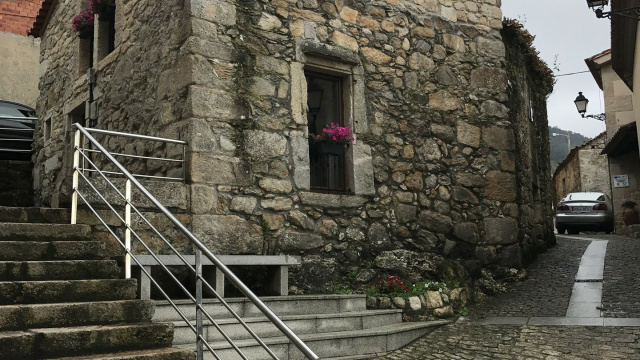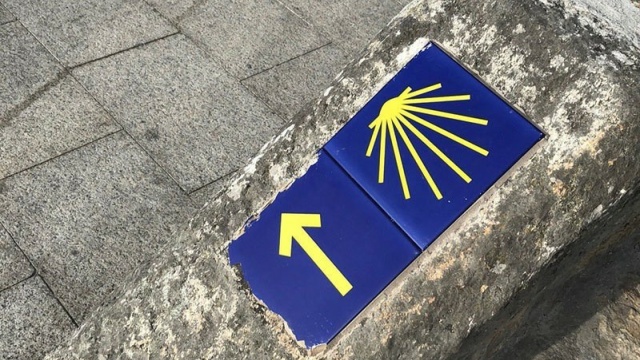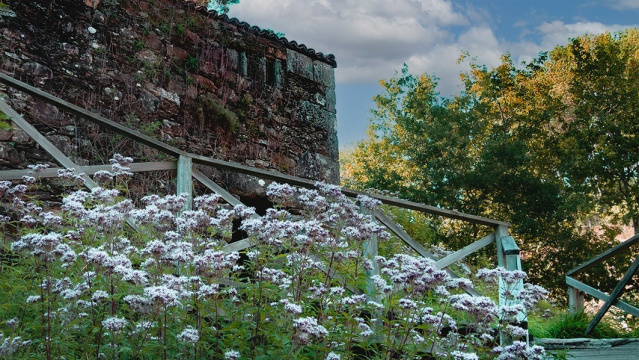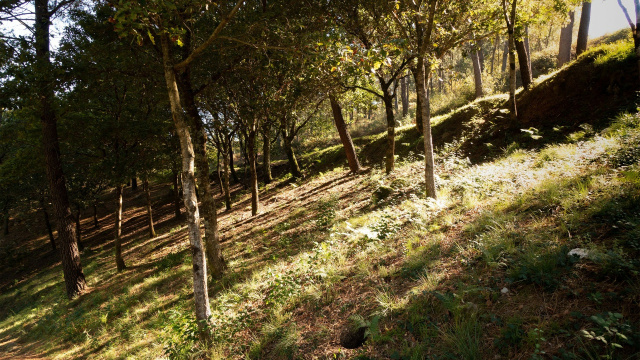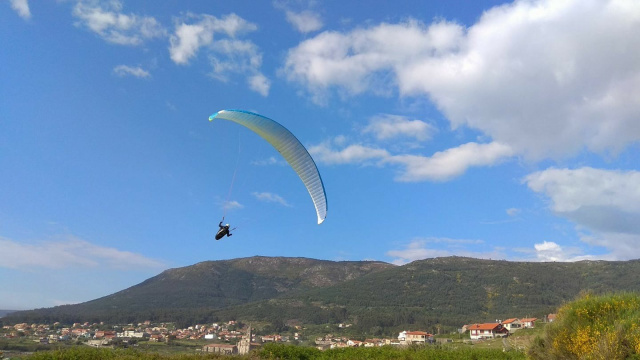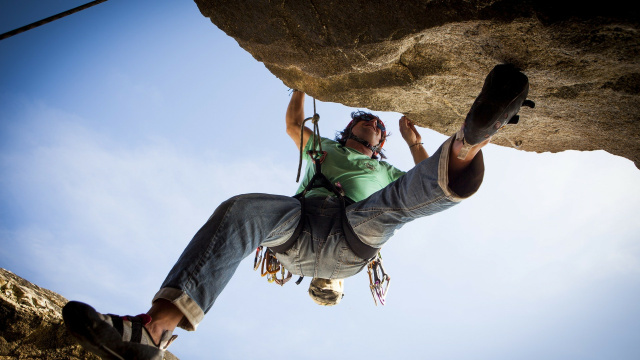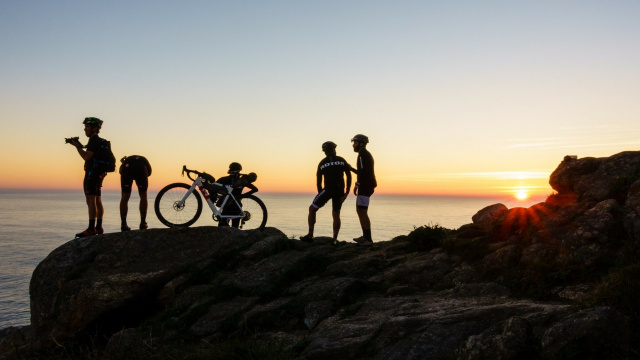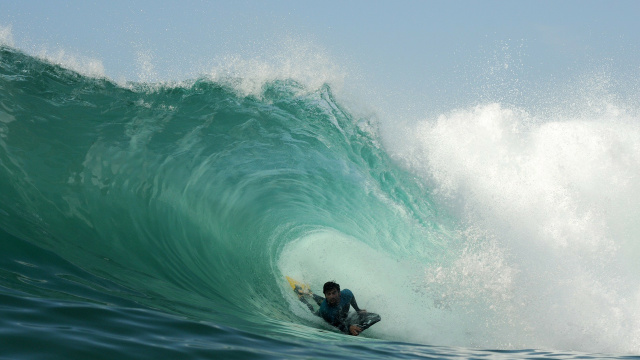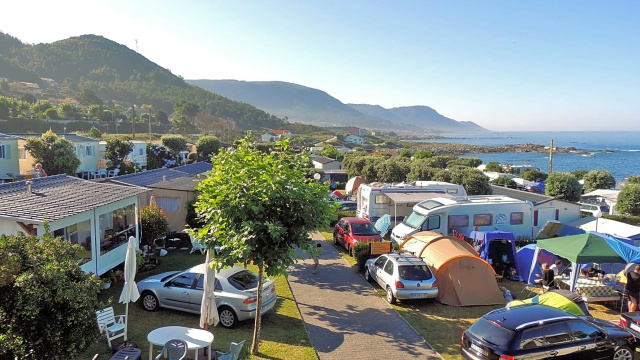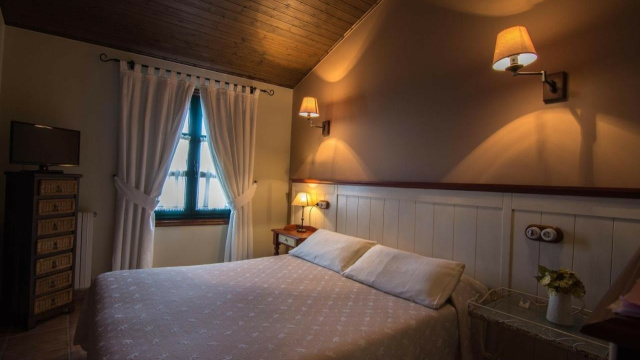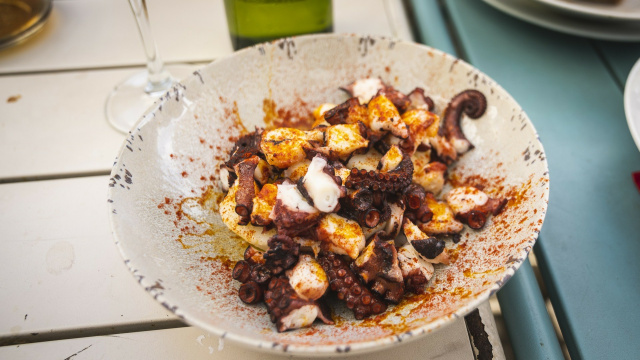Meet Oia
Interactive tourist guide
Oia is a small municipality on the southern coast of Galicia that treasures numerous traces of the past. Its unique location, framed by the mountains of the Sierra de la Groba and a rocky coastal strip along the Costa de los Castros, was decisive in many moments of its rich history: from ancient times to the most recent past. The Monastery of Santa María (12th century), declared an Asset of Cultural Interest, is the only Cistercian monastery in Europe built on the seashore. Nearby, a small village called El Arrabal grew up, which preserves unique places, as well as buildings from the 18th century, and which nowadays has buildings that have been restored and are dedicated to the hotel and catering trade.
With 18 km of Atlantic coastline, the municipality of Oia is one of the essential stops on the Portuguese Coastal Route. Along its route through Oia, the pilgrim always walks close to the sea, enjoying the views of the Atlantic Ocean and finding along the way numerous attractions of the cultural and natural heritage of the municipality.
In the landscape of Oia, the most obvious prehistoric remains are the mámoas, tomb burials in the plains of the highlands of the Sierra de la Groba, which have their best examples in the parishes of Burgueira and Loureza. There are numerous rock engravings all over the territory, among which those of the river Vilar (Perdornes) stand out. Other singular vestiges in the landscape are the dozen castle heights near the coast, some of them very easily identifiable, as is the case of the forts of Chavella (Santa María de Oia), Cano os Mouros (Viladesuso) and, above all, that of A Cabeciña (Mougás). Oia was also inhabited in Roman times; remains of salt mines are preserved in Mougás and Viladesuso, as well as the remains of a mining operation in Burgueira.

